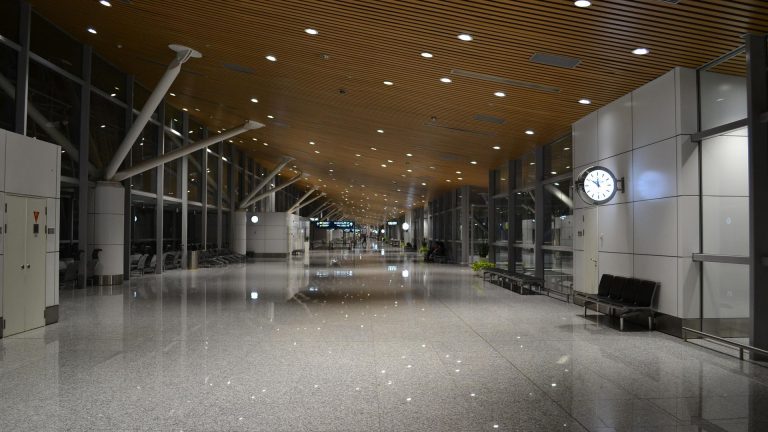Warehouse safety begins at the receiving and shipping docks. Safe dock procedures set the stage for the safe unloading, handling and storage of materials as well as the packing, loading and shipping of product. Identifying and addressing ergonomic challenges on the dock can directly impact worker safety and dock productivity. “You have to look at everything from what kind of trailer you’re going to receive, to whether the load is floor-loaded or unitized to what happens to it after it comes off the truck. Even the temperature inside the facility and the weather are important,” explained Brent Tymensky, VP of design engineering for Fortna Inc.
Dock safety begins with attention to five important issues:
- Trailer access. The length, width, height and suspension system of a trailer generally determine the dock equipment needed. Other considerations include whether the trailer is dry or refrigerated and whether the load is unitized and fully cubed.
- Dock conditions. Temperature and weather impact dock worker safety and efficiency. A canopy that keeps out cold, heat, wind, rain and snow improves working conditions and worker comfort. Air-inflatable dock seals can form a tight barrier around a trailer, keeping out the weather and reducing energy costs.
- Personnel issues. The age, experience and physical condition of your workforce are factors that determine how and when automated and manual equipment are used. Adjustable conveyors that reach into a trailer can assist with manual unloading and loading procedures, reducing the physical strain on workers. While some palletized loads can be off-loaded as is, many pallet loads must be broken down manually into their components for use or proper storage. Adjustable carts and tuggers can make this work both easier and safer for dock workers.
- Dock safety equipment. Vehicle restraint devices prevent trailers from exiting prematurely while workers are still on the trailer. Restraint devices range from simple wheel chucks to automated systems that bolt into the cement dock and attach to the trailer’s rear guard. A newly marketed interlocking device attaches to the trailer brake emergency airline to prevent the trailer from moving until the dock ramp is removed and the dock door closed.
- Productivity and efficiency. Dock levelers, extendable conveyors and palletizing equipment all increase efficiency in retrieving and loading materials and goods. Trailer drop can significantly hinder the transition from the trailer to the dock. Levelers and vehicle restraints that support the rear of the trailer can eliminate trailer drop as equipment is moved into the trailer for loading or unloading.


